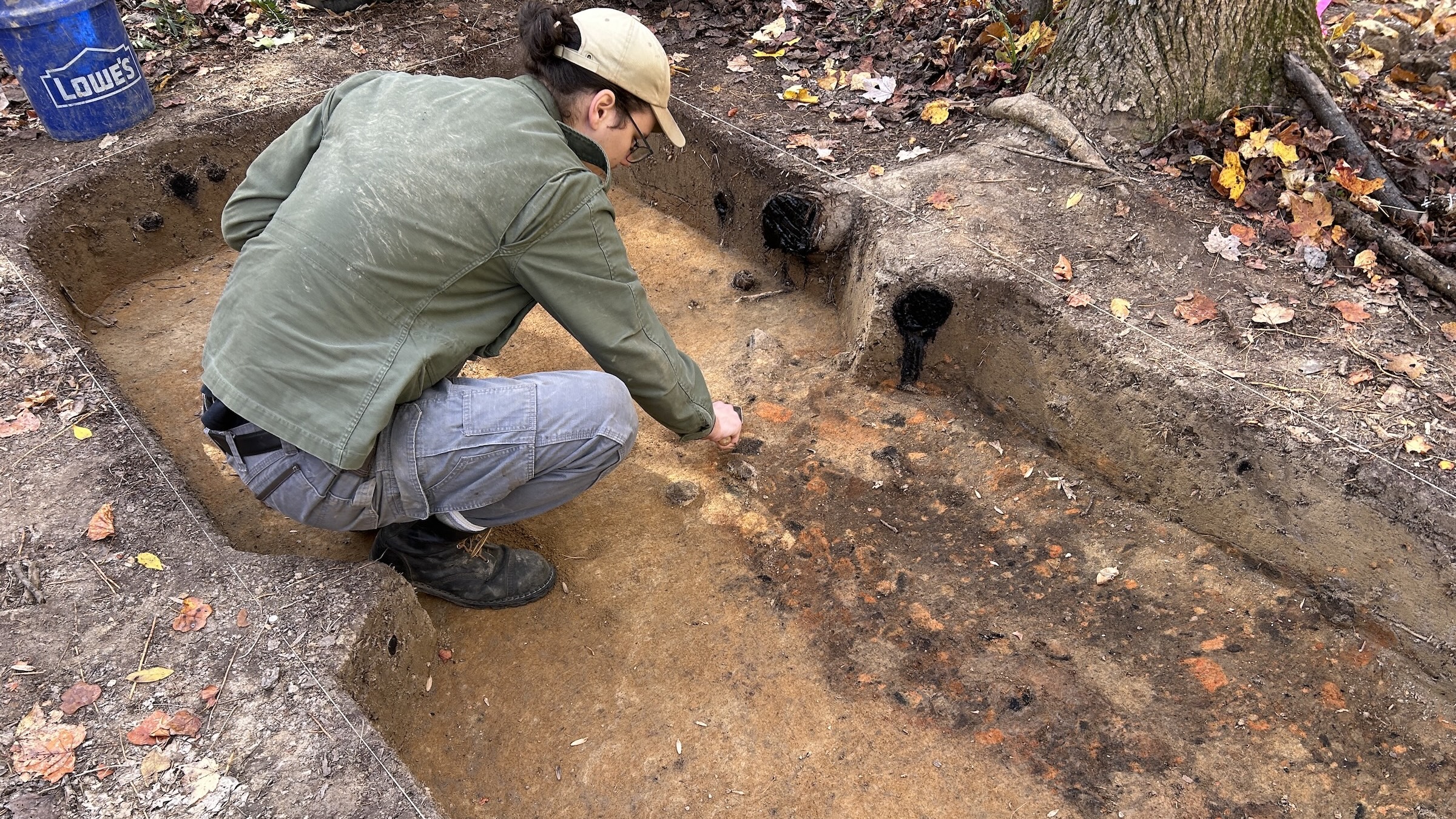Cervical Cancer Vaccine Still Questioned
A double-punch approval by the FDA last week for two vaccines to prevent sexually transmitted diseases and, ultimately, several types of cancer has reignited another vaccine controversy, although this time not without just cause.
On Friday the agency approved Gardasil for boys to prevent genital warts caused by the sexually transmitted human papillomavirus (HPV). The FDA already had approved Gardasil in 2006 for girls to prevent HPV infection, the main cause of cervical cancer.
The FDA also approved a new vaccine for girls called Cervarix, similar to Gardasil. Gardasil has been available for more than two years, and Cervarix should be available later this year.
The CDC recommends the HPV vaccine for girls starting at age 11. But we're talking about sex and a vaccine, two topics sure to elicit uncivilized dialogue.
The sex vaccine
Some of the arguments against vaccinations are just silly. The main objection two years ago, still lingering today, is that the HPV vaccine encourages sexual promiscuity and that HPV could be avoided by postponing sex and remaining monogamous.
Well, hepatitis B is transmitted via blood — that is, primarily through sex, transfusions and needle-sharing — and babies get the HepB vaccine when they're about a month old. HepB vaccines likely aren't endorsing promiscuity and drug use among infants or teens.
Get the world’s most fascinating discoveries delivered straight to your inbox.
And avoiding sex is a bit of a fairy tale. A whopping 80 percent of women are infected by HPV by the time they are 50, according to the CDC. Your daughter might remain chaste, but her future non-vaccinated husband has a good chance of infecting her with HPV.
But should you get your 11-year-old child vaccinated for a usually benign sexually transmitted disease that could lead to a largely preventable female cancer 20 to 40 years after infection?
Risk-benefit
While sex and morality shouldn't enter the HPV discussion, an important consideration is a vaccine's benefits versus risks.
Vaccines, in general, offer great benefit with little risk. The major success stories have been with polio and smallpox, the latter being responsible of hundreds of millions of deaths in the 20th century alone. Less deadly yet still menacing is measles, killing about 200,000 children annually, almost entirely in regions that don't vaccinate.
The balance shifts a bit with some newer vaccines, such as that for varicella, or chicken pox. In the United States in the early 1990s, before the introduction of the vaccines, there were about 4 million annual cases of chicken pox and only 100 deaths. I had it. You likely had it.
The HPV vaccine raises a similar question of benefit, particularly in America where the 4,000 annual deaths from cervical cancer are largely preventable with routine pap smears.
There are two ways to think about this. First, think globally. According to the World Health Organization, there are about a half million cases of cervical cancer diagnosed each year and over a quarter million deaths. HPV is behind the vast majority of these cancers. Admittedly most of these deaths are in poor countries where women aren't getting pap smears, but reducing the world burden of HPV is a noble cause.
Next, consider that cervical cancer isn't the only bad news. The virus family causes cervical dysplasia, abnormal growths on the cervix, often the cancerous precursor. This affects hundreds of thousands of women annually, according to a Planned Parenthood study, and treatment can be painful and expensive. HPV is also associated with vaginal, penile, anal and other genital cancers, however rare.
Doctors divided
Some doctors, though, aren't ready to give the HPV vaccine to their daughters or sons. In August, the Journal of the American Medical Association published an editorial questioning the benefits versus the risks. The risks are still anecdotal: According to the CDC, 25 million doses of the vaccine have been distributed in the United States, and there have been several hundred reports of serious adverse effects, including 32 deaths.
Yet the reports came through the Vaccine Adverse Event Reporting System (VAERS). These are from regular folks who say they or their child got a vaccine and something bad happened. That doesn't mean there's a connection.
For example, as published in this month's issue of International Journal of Gynecological Cancer, a systematic review of six large HPV studies with nearly 50,000 women revealed seven deaths. But death came in the form of traffic accidents, overdoses and a pulmonary embolism. The placebo groups had similar deaths. It is likely these tragic deaths reported through VAERS are unrelated to the vaccine or occurred in women who had known risk factors.
Nevertheless, the JAMA editorial didn't have a definitive answer, yes or no, whether the vaccine is worth it. That means anyone with a teenager has a tough decision to make.
Christopher Wanjek is the author of the books "Bad Medicine" and "Food At Work." His column, Bad Medicine, appears each Tuesday on LiveScience.

Christopher Wanjek is a Live Science contributor and a health and science writer. He is the author of three science books: Spacefarers (2020), Food at Work (2005) and Bad Medicine (2003). His "Food at Work" book and project, concerning workers' health, safety and productivity, was commissioned by the U.N.'s International Labor Organization. For Live Science, Christopher covers public health, nutrition and biology, and he has written extensively for The Washington Post and Sky & Telescope among others, as well as for the NASA Goddard Space Flight Center, where he was a senior writer. Christopher holds a Master of Health degree from Harvard School of Public Health and a degree in journalism from Temple University.


